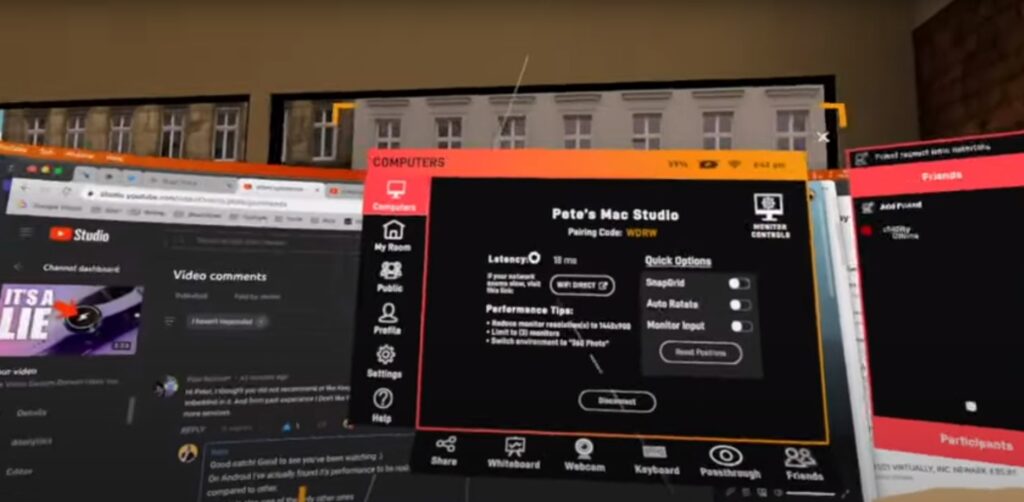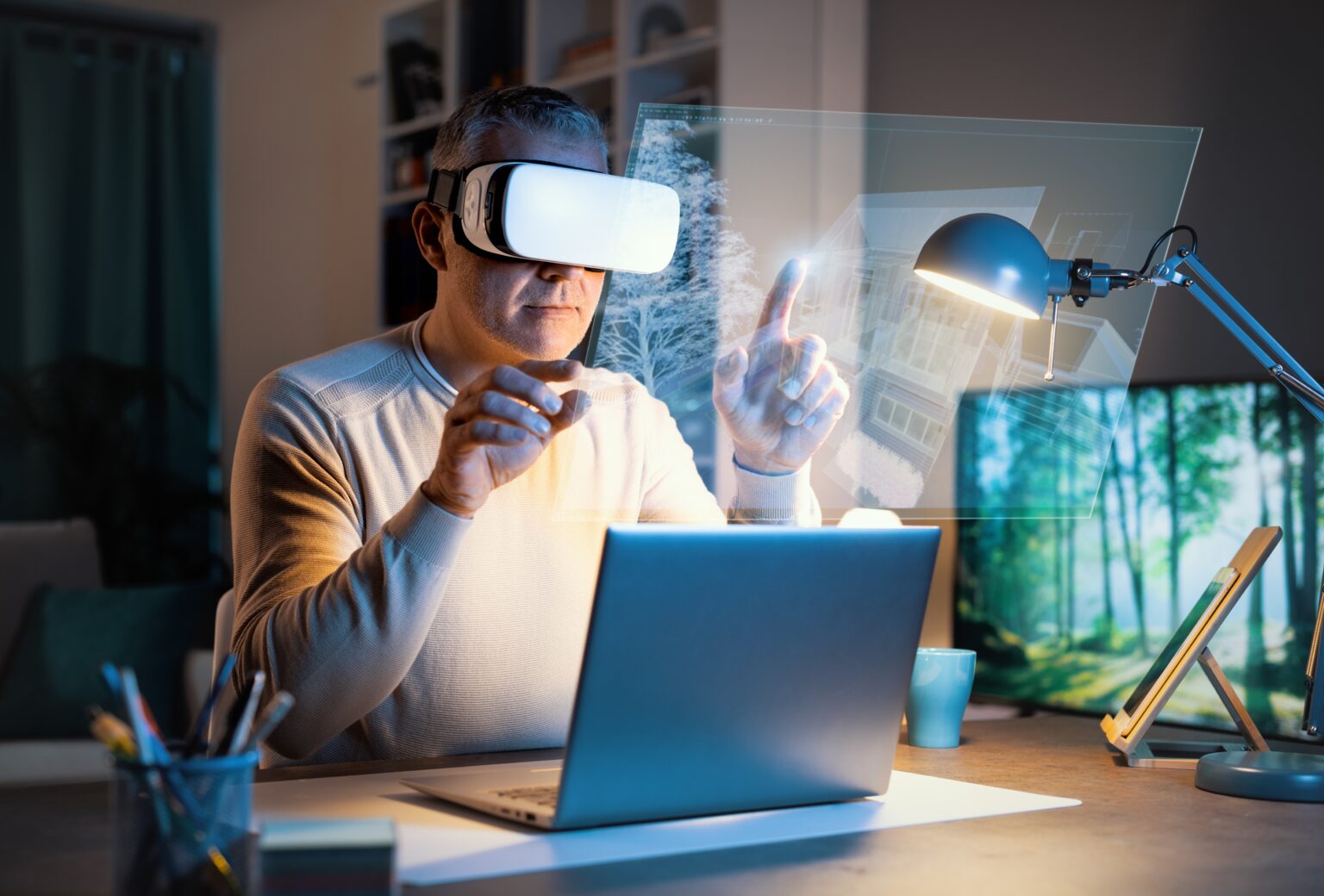An experiment to see whether it was possible to work a whole week in the metaverse was ‘a runaway success’ according to a recent product test of the Meta Quest Pro.
During the course of the 7-day trial, Pete Matheson used his VR headset for 6-8 hours a day and became part of an online community of fellow metaverse workers.
“I made friends, I had fun, I actually had productive meetings,” said Matheson about his experience.
The reviewer also highlighted complications that occurred over the course of the week that could prove to be dealbreakers for some.

7 days in the metaverse
One of the key claims about the metaverse is that it could revolutionize the way we work, but with headsets such as the Meta Quest Pro currently retailing at $1,500 in the US, consumers may be cautious about making a costly leap to VR.
Pete Matheson, who tests and reviews tech products on his YouTube channel, set to find out whether working full-time in the metaverse was actually possible. In his opinion, the answer was a resounding yes.
In particular, Matheson used a free networking app, called Immersed, to connect with an online community of fellow metaverse workers. Matheson described the community as a “VR version of WeWork but way cooler.”
Working in the virtual environment allowed Matheson to greatly increase the amount of deskspace he could work from, spawning up to five screens of virtual monitor space, while simultaneously connecting with like-minded workers from around the world.
“I explored some public areas and ended up hanging out with a group of people who were just all socially working,” said Matheson who added, “It was the nearest I’ve had to working in a busy social office since I sold my IT business back in 2020.”
There were also some issues discovered during the test. The weight of the Meta Quest Pro was one issue, with the helmet leaving a red mark on his face after use. Another was the short battery life of the headset and its heavy-duty recharge cable. Matheson overcame the problem by using a lightweight Apple cable in its place.

While Matheson reported absolutely no issues with eye strain or headaches over his trial, other users have been less fortunate.
One study even suggests that some people will be unable to enter the metaverse in any meaningful way.
The metaverse may leave some people behind
While some people are already making the transition to the metaverse work week there are others who may struggle to follow.
Jens Grubert at Coburg University in Germany recruited 18 men and women for a small-scale study of “virtual working”. On the first day of the trial, two participants dropped out reporting migraines and nausea.
This condition has coined the phrase “cybersickness,” which is believed to have commonalities with motion sickness.
The remaining 16 participants reported increased anxiety and frustration at the end of the five-day trial. On average users self-reported 19% more anxiety, 48% more eye strain and 16% lower productivity.
Grubert believes that some of these challenges can be overcome by improving technology.
“You will have higher resolution, you might have more lightweight designs,” he told New Scientist earlier this year. “So this might address some issues that we found in our research so far, but you will still have inherent problems.”
If these inherent problems cannot be overcome or mitigated significantly then some may find themselves simply unable to use the technology.
If the metaverse is to be as revolutionary to our way of life as its proponents claim, then what will happen to those who are left behind?
/MetaNews.









 and then
and then